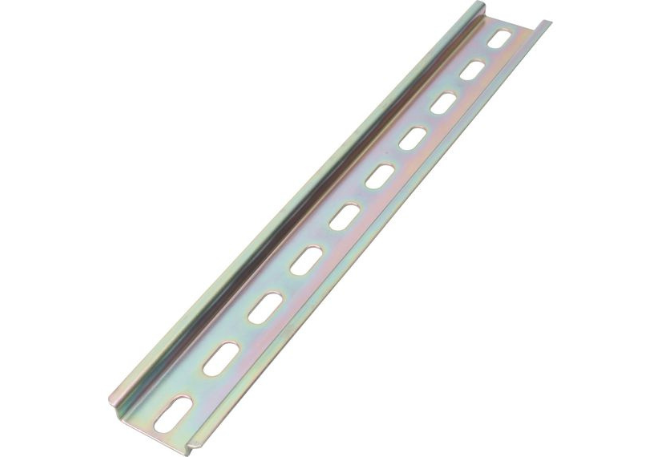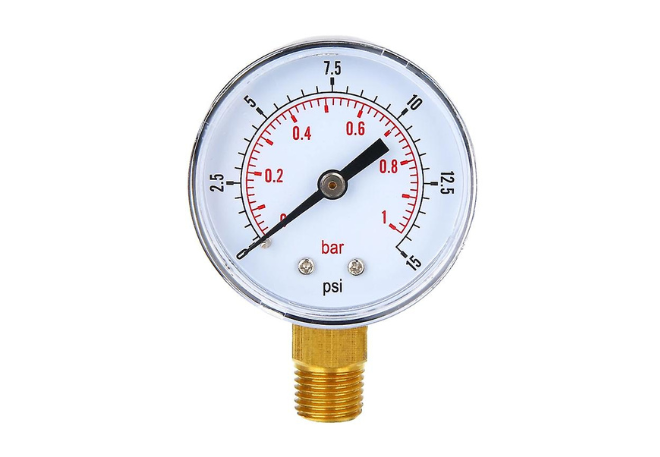A Comprehensive Guide to DIN Rail
The landscape of electrical installations and control systems can be complex, but there is a universally recognized and standardized component that greatly simplifies equipment mounting and organization – the DIN rail. From housing circuit breakers to supporting automation components, DIN rails play an essential role in a multitude of applications. This article delves deep into the world of DIN rails, giving you a comprehensive understanding of its features, applications, and advantages.
Understanding the Basics: What is a DIN Rail?
A DIN rail is a standardized metal rail typically used for mounting
circuit breakers, control equipment, and industrial automation systems.
Originating from Germany, the name "DIN" stands for "Deutsches
Institut für Normung," which is the German national standards
organization. Over the years, the DIN rail has become an international standard
for equipment mounting in various sectors.
Types of DIN Rails
There are primarily three types of DIN rails:
- Top Hat Rail (TS 35): The most common type, it's identified by its unique 'top hat' shape.
- G-Section
Rail (TS 32): Named for its resemblance to the letter 'G'.
- C-Section
Rail (TS 15): This has a shape that’s similar to the letter 'C'.
Each type serves slightly different applications and has
unique mounting characteristics.
Key Applications of DIN Rails
DIN rails are ubiquitous in the industrial and electrical sectors, owing to their adaptability. Here's where they come into play:
- Industrial Control Systems: Automation components like PLCs, terminal blocks, and relays are frequently mounted on DIN rails inside control cabinets.
- Circuit
Protection Devices: Circuit breakers, surge protectors, and fuses can
be securely placed on DIN rails, ensuring easy access and organization.
- Building
Automation: In smart buildings, devices that manage lighting, HVAC,
and security systems often utilize DIN rail setups for optimal space
management.
- Solar
Power Installations: DIN rails host components like inverters and DC
combiners in solar power systems.
Benefits of Using DIN Rails
There's a reason why the DIN rail is a favored choice across industries. Here are some compelling advantages:
- Modularity: DIN rails allow for easy addition, removal, or rearrangement of components without the need for extensive re-wiring.
- Space
Efficiency: With vertical stacking abilities, DIN rails make optimal
use of space inside enclosures and panels.
- Safety:
By securely mounting equipment and providing standardized spacing, DIN
rails reduce the risk of electrical faults and accidents.
- Cost-Effective:
Instead of custom mounting solutions for every piece of equipment, a
standardized DIN rail can be used to mount a variety of components,
reducing overall costs.
- Flexibility:
Regardless of the manufacturer, devices designed for DIN rail mounting are
universally compatible with the rail standards.
Choosing the Right DIN Rail for Your Application
Given the diversity of DIN rails and the myriad of components they can support, it's crucial to select the right type for your needs. Here’s a quick guide:
- Determine the Load: Ensure the DIN rail can support the weight and size of the components you intend to mount.
- Consider
the Environment: In corrosive or high-moisture environments, consider
stainless steel or zinc-plated rails. For standard applications,
galvanized steel usually suffices.
- Check
Component Compatibility: Always ensure that the devices or components
you're looking to mount are designed for DIN rail applications and match
the type of rail you're considering.
- Space
Planning: Ensure you leave enough space between mounted devices for
adequate airflow and easy maintenance.
Installation Tips for DIN Rails
- Cutting: If you need to customize the length of your DIN rail, always use a proper cutter designed for the task to avoid warping or deforming the rail.
- Spacing:
When mounting the rail inside an enclosure, leave sufficient space at the
bottom for wire routing.
- Securing:
Use end brackets and stoppers at both ends of the DIN rail to prevent
components from sliding off.
Conclusion
The DIN rail, with its rich history and standardized design,
stands as a testament to the power of simplicity and efficiency. Whether you’re
an electrician, an engineer, or simply a hobbyist setting up a home project,
understanding the basics of DIN rails will prove invaluable. With their
versatility, ease of use, and adaptability to a variety of applications, DIN
rails remain an essential tool in the world of electrical and industrial
automation systems.




Comments
Post a Comment